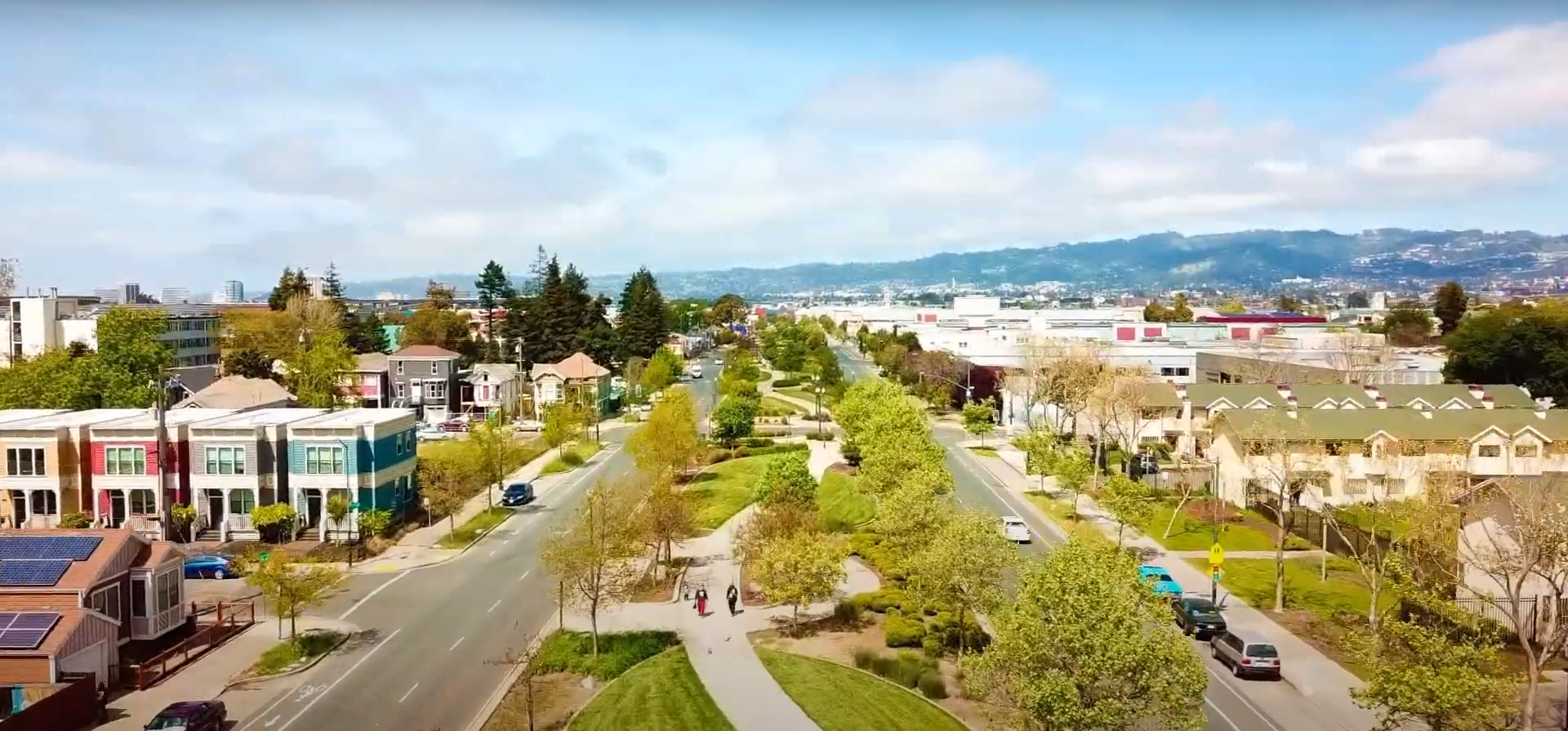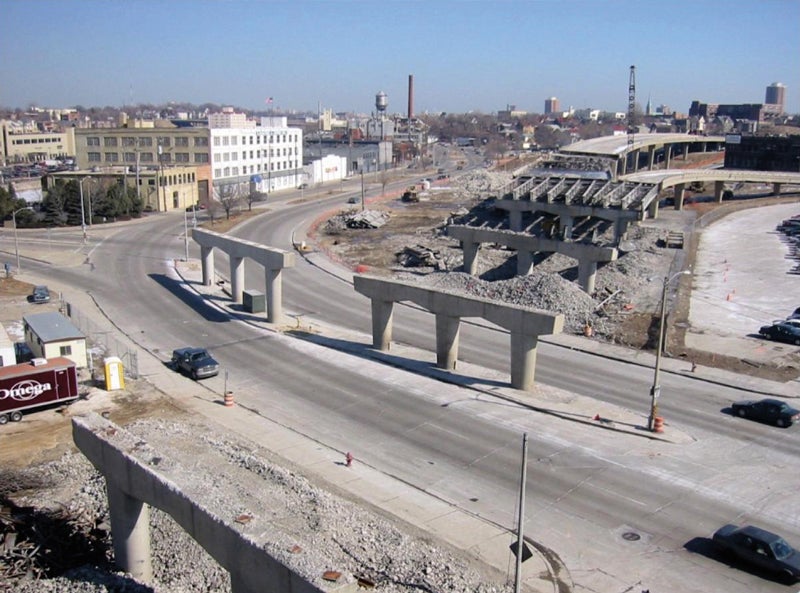Highways are a blight on the urban landscape and are difficult to tear down. But there are some factors that can make a highway easier to tear down, and that’s what this video is all about.
Text above is from original video description.
Summary:
- Rochester, New York successfully removed a highway and replaced it with urban housing and a nice street after realizing it was no longer necessary for regional commuters.
- Population decline and stagnant growth in cities contribute to the overbuilding of highway networks, leading to the necessity of highway tear downs.
- Political support, potential for economic development, and public opinion are key factors in the decision to remove highways, as seen in examples like Milwaukee’s redevelopment success after highway demolition.
- Organized opposition and local activism can either support or hinder highway removal projects, highlighting the importance of public opinion in shaping the narrative.
Some (but not all) of the referenced citations from the video description:

Freeways Without Futures
Freeways Without Futures highlights the efforts of local campaign organizers and activists seeking to revitalize their communities by dismantling the city highways that burden them with the significant health hazards of vehicle exhaust, a loss of local businesses and services, and streets that are hostile to pedestrians. The highways featured in these reports are too costly to rebuild and for too long have segregated and polluted nearby neighborhoods and communities. Now, with many of them reaching the end of their designed lifespan, it is time to repair the damage and channel the benefits unlocked by taking down an expressway to serve the members of the current community. Media inquiries: Contact Lauren Mayer or Dee Powell.

How Urban Highway Removal Is Changing Our Cities
Federally funded highways slice through most of the major cities of the United States, physically dividing neighborhoods and posing serious health risks, but the mindset that drove those projects is
Five Cities Argue the Economic Case to Tear Down a Highway – Smart Growth America
Commuters sitting in gridlock may find it hard to believe, but many smaller and mid-size cities in America have under-used highways. In some of these cities, highways that were built decades ago are now impeding potentially valuable real estate development. And as many highways from the middle of the last century deteriorate past the point of minor repairs to needing to be entirely rebuilt, leaders in these cities are starting to question the cost and efficiency of maintaining certain pieces of their highway systems. In Seattle, Cleveland, Syracuse and a number of other cities across the country, leaders are debating the merits of removing portions of their underused, crumbling highway systems to allow for economic development instead. As older highway segments meet the end of their useful life, civic leaders are presented with a rare opportunity to reduce expenses on underused infrastructure and create new opportunity for development at the same time. (editors note: according to transportation engineers, a road or bridge’s “useful life” is determined to be over when repairs are so expensive and the conditions are so bad that it would cost several times more to rebuild the road or bridge than to tear it down and build something different.)




